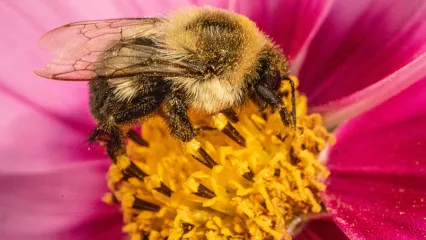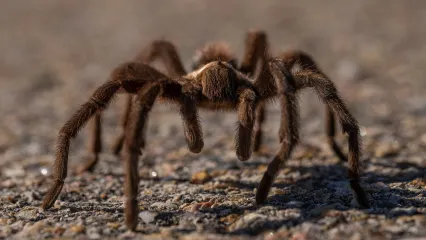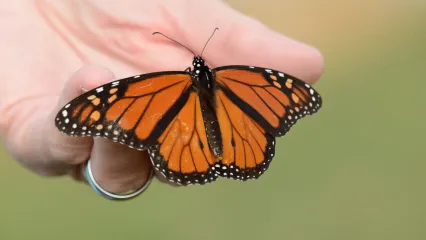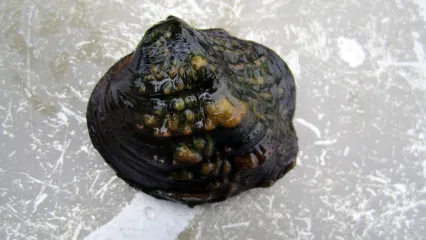
Description
One of the hardest working tiny creatures on the planet can be found right in our backyards. These little guys work tirelessly day-in and day-out to make our plants grow, flowers bloom, and fruit trees produce. Scientifically called Bombus pensylvanicus, the American bumble bee is among the larger bee species in North America. These flying insects are yellow and black, and can have one to three yellow stripes on their abdomen. A closer look at the bumblebee reveals they are covered with tiny hairs.
The buzzing sound you hear as you relax outdoors this summer might be an American bumblebee hard at work. It is doing its part to pollinate our flowers and plants. This pollination process is a byproduct of how the bees feed themselves. A bee will collect pollen from a plant on tiny fibers on his legs. The pollen that does not fall off onto other plants will be eaten. When the bees are foraging, they can travel a mile or two from their colony looking for flowers. Unlike the honeybees, bumble bees don't store more than just a few days worth of food. They also do not process the pollen into honey.
Bumble bees are not typically aggressive toward people. But they have a stinger that is unlike some other bees. The American bumble bee can sting several times in row if needed, as it retains its stinger. They will roll onto their back with their stinger in the air as a warning before stinging.
Habitat
The bumble bee lives in colonies of 50 to 150, while honeybees can live in colonies of several thousand. Bumble bees die each winter except for a queen, which will usually hibernate underground for the winter. The new queen will wake in spring and find a new place to raise a colony for the year. Bumble bees will not pick a spot for their summer home based on a flower preference but on flower abundance. Research has shown that bumble bees have no preference about the flowers from which they take pollen, only that there are enough flowers in the area to keep them fed.
Life Cycle
Inside the colony, order can become disorder, as growing males become larger than the queen late in life. There is usually a struggle for power, as the biggest bee seems to take charge. So the queen may not always have authority. A colony's life cycle begins in February. The queen lays eggs even without being fertilized through a process called haplodiploidy. The unfertilized eggs become males, and fertilized eggs become females. From egg to adult, the process takes about four weeks.


